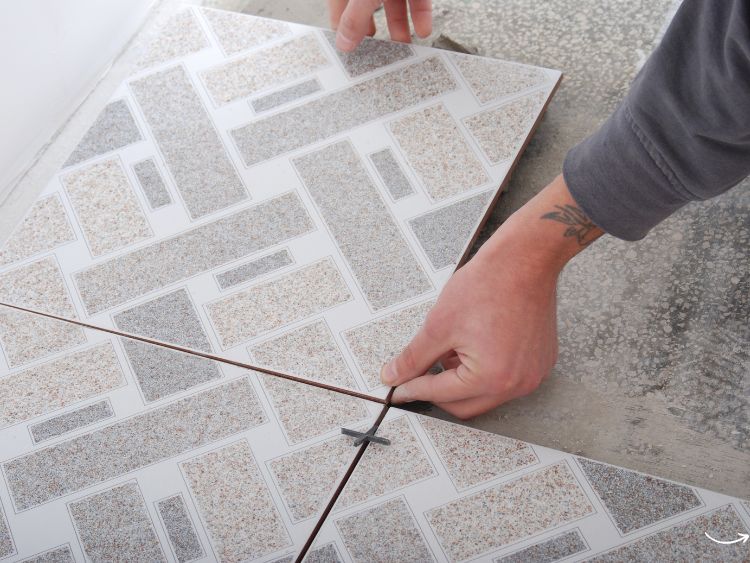Benefits of sleeping in a hammock
So far, scientists haven’t conducted extensive studies on the benefits of sleeping in hammocks; most studies involve babies. Many claimed advantages for adults can be verified anecdotally. Feelnets is a company specializing in the manufacture of nets suitable for various applications (multihulls golf, sports and more), along with custom designed technical fabrics suitable for outdoor and indoor use. We tailor your nets exactly according to your specifications – don’t be shy, reach out with your request today.
There is evidence to support that hammocks offer several advantages, including:
Deeper sleep
Sleep Better and Longer Hammocks may help you sleep better by gently swinging, which could affect brain waves in a way that facilitates internal sleep rhythms for improved restful slumber. Furthermore, this motion may encourage relaxation by creating a soothing feeling and relaxing the muscles.
Pressure point relief
Mattresses typically exert greater strain on our bodies while we sleep, creating pressure points on various parts of the body. To address this, many mattresses come equipped with anti-pressure features designed to relieve any additional pressure points caused by sleeping on them.
- shoulders
- back
- butt
Butt-Saturating It’s well known that a good mattress can relieve pressure points. An inadequately designed or old mattress may, however, lead to such discomfort. Some have proposed sleeping in a hammock as an effective means of alleviating these areas due to its flexible surface providing equal pressure across all parts of your body and conforming to natural contours more closely than traditional mattresses do.
Less exposure to bugs
Sleeping outdoors or on a mattress on the ground with hammocks could be advantageous, making you less vulnerable to insects like bedbugs and bugs in general. Camping trips especially will benefit from sleeping on hammocks due to being exposed to bugs who fly around – although in bedrooms it could reduce dust mites that accumulate on mattresses; bedroom hammocks could reduce dust mite build-up. Of course, the hammock won’t completely eliminate your risk; bugs might still find their way in through another entranceway such as windows!

Here are tips to make the most of your hammock.
Hang Your Hammock With a Good Sag
Many people attempt to tie their hammock as tightly as possible within its anchor point, which can have an unnatural cocooning effect that puts too much strain on shoulders and bowing backs. Instead, use a strong sag instead – like smiling faces – in your hammock hanging. 30 degrees off horizontal is ideal to ensure maximum comfort with this technique; using wide sags also reduces center of gravity, making the hammock more stable and difficult for slides outs.
Lay Diagonally Across the Hammock
Once your fabric has taken on an attractive sag, it’s easy to lay diagonally across it and enjoy how comfortable it feels when your feet and head rest effortlessly on the fabric and your body rests flat upon it. That is how hammocks were intended to work!
Raise Your Foot End Higher
At times, your body may move towards the middle of a hammock, leading to discomfort. To stop any unnecessary movement and prevent discomfort from arising, hang off one end approximately 8-10 inches higher; this prevents your larger frame from shifting into its center and sliding down towards it.
Try a Knee Pillow
Depending on the length and height of your hammock, you may notice tightness beneath your legs when lying diagonally – leading to hyperextension of your knees, leading to severe discomfort! To ease pressure put some cushioning under your knees – extra clothing or even small cushions work great (keep this rule of thumb in mind when purchasing hammocks: longer and wider hammocks tend to provide greater comfort, as users can simply lie on their side without experiencing hyperextension of leg muscles.)
Use a Bug Net
While jungle hammocks may come equipped with sewn-on bug nets, simple hammocks typically do not. Bug bites can be particularly unpleasant; to prevent this happening while reading or relaxing in your hammock, invest in an extended bug net that covers its entirety for added peace and serenity.
Use a Sleeping Pad or Under Quilt
Many people assume all you need for warm hammock sleep is a sleeping pad, since you won’t be sleeping on the ground and do not require one for comfort reasons. What sleeping pads can do, though, is aid in warmth retention as a sleeping bag will compress insulation beneath you when in a hammock, rendering it cold without proper insulation underneath you – to prevent your sleeping pad from shifting under you when out and about simply place it inside of a sleeping bag to protect it from shifting underneath you and keep its position stable.
Use a Drip Line
In case of heavy downpour, water could seep into your suspension, making your hammock soggy. To stop this from happening, attach an evaporation line directly to the suspension and place it over your tarp (you do have one, right?)
Fold Your Hammock Into a Chair
Hammock seating may resemble that of a bucket seat, though this experience can still be comfortable. If you want chairs that don’t interfere with circulation to your knees and allow you to sit straighter, grab the fringe from your hammock and roll it towards its center; sit comfortably on this doubled-over space for a relaxing and flat seat experience.


